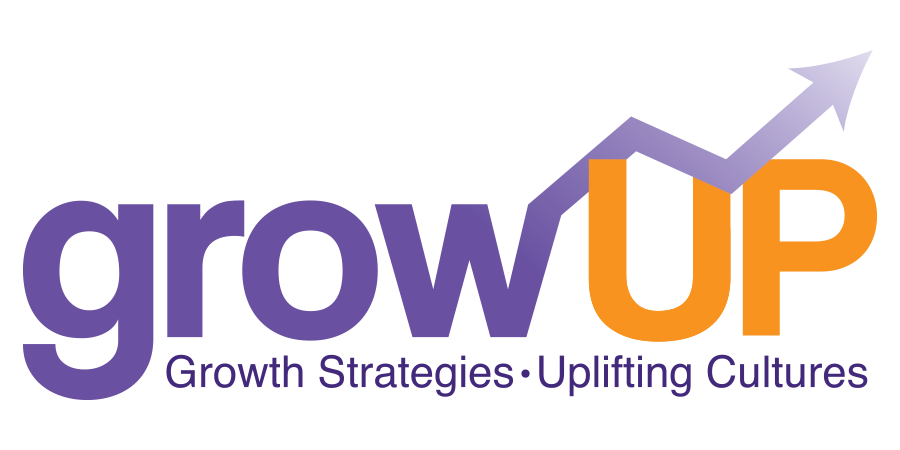
Are You a Prisoner of Your Sales Experience?
June 1, 2017
“Coffee is for Closers” – 7 Strategies For Drinking More Coffee
July 7, 2017“Fail To Plan – Plan To Fail” has become one of the most popular quotes in business management today, yet so many businesses continue to fail miserably.
Having a documented sales plan is critical for your bank or business to perform highly productive business development activities efficiently and effectively. Without a plan, not only are you less likely to achieve your sales targets, but your sales team are also likely to become less motivated and less engaged.
So why do so many bank and business leaders draw a blank when it comes to strategic sales planning? Why do they neglect to complete a documented sales plan?
The answer is tragically simple – they feel they don’t need to because they can rely on past performances and simply hiring “experienced” sales people to leverage their historic customer base and traditional sales techniques to drive business growth.
The leader may consider introducing a variation on an existing product or direct the sales team to enter an adjacent market or invest a few additional dollars on marketing, but these top-down strategic directives do very little to inspire the team or to promote a dramatic uplift in performance/results.
This is not effective strategic sales planning. How can you expect to gain greater productivity and better sales results without engaging your talented sales force in the planning process?
And asking sales people to put their own plan together for you to review and approve is simply another directive. So why be surprised when the proposed individual plan promotes mediocrity rather than excellence.
To achieve greater strategic success the Sales Leader must first create an environment that motivates excellence. An environment that inspires your team to stretch beyond their traditional KPIs and job descriptions. An environment that promotes collaborative thinking and sharing of new ideas and best practices.
Start by gathering your sales people together and grabbing a blank sheet of paper
It amazes me how often I receive a blank response to the question “When was the last time you gathered your salespeople together and collaborated on your strategic sales plan?”
And yet it is the most powerful first step ANY business can take towards creating an environment that motivates excellence. It is the first step to creating a more dynamic sales culture that promotes greater staff engagement and more productive activity.
Reversing your strategic sales planning approach from top-down directive to bottom-up collaboration will have a powerful effect on engagement, performance and results.
And it all started with a blank sheet of paper
Throughout my career I have taken over the leadership of sales teams that had been given limited opportunity to express their views on the strategic direction of the business and the activity required to achieve success. In fact many were conditioned to simply defer to the direction of the Leader.
In every instance I started my new leadership campaign by gathering the sales people together (for a meeting or conference) and facilitating group discussions. After a few hours of strategic collaboration, our sales strategy and targeted activity was scrawled with colorful markers on numerous sheets of flip chart paper.
The colorful scribble covering what were once blank sheets of paper would become our documented sales plan for the year. But what was more compelling was the heightened level of commitment from the sales team to effectively execute the sales plan which now captures their collaborative thoughts and opinions.
Hence this highly engaging process becomes a powerful first step towards creating an environment that motivates the team to achieve sales excellence.
Five simple steps to creating a “GREAT” sales planning session
Some sales leaders however may still draw a blank when it comes to facilitating this powerful process – especially after years of top-down directives.
So how does a Sales Leader effectively facilitate a collaborative strategic planning session that produces engaging results? Consider following these five simple steps to creating a “GREAT” sales planning session:
1. Gather
Gather your sales team at an offsite location (away from the office) that inspires “fresh” thinking and new ideas. Ensure flip charts and markers are available to document the discussions.
For effective collaborative planning you will need half a day but consider scheduling a full day. Whilst many Sales Leaders are challenged by the immediate adverse impact this may have on sales activity, this will be significantly offset by the enduring benefits of having your team engaged in more highly productive activity throughout the next year.
Consider inviting both inside and external sales people along with key support people in Marketing, Operations and Risk Management.
Consider also engaging an independent professional facilitator that can provoke discussion, challenge limiting beliefs and drive outcomes.
2. Reflect
Reflect on the team’s objectives and expected outcomes from the planning session. This provides a great insight into their motivations and current challenges (or limiting beliefs).
In order to assess future opportunities it’s important to reflect on past successes and current state.
Consider asking the team to undertake a SWOT analysis – a review of your current Strengths, Weaknesses, Opportunities & Threats –and present/share the findings.
3. Explore
Invest the majority of the planning session on exploring the WHAT, HOW and WHY of sales success.
Explore and capture (on flip charts) the answers to three key questions:
a) WHAT are your value proposition, target market and goals for the next year?
b) HOW will you engage, proposition and retain your prospects/clients?
c) WHY have you chosen those goals and activity?
Consider separating participants into groups and capturing answers on flip charts for presentation back to the broader team for discussion (and debate).
4. Agree
Recap and summarize key conclusions and gain agreement from the team. Confirm next steps including responsibilities of both the Sales Leaders and the sales team.
Challenge any limiting beliefs to ensure greater engagement and motivation.
Identify support required to execute activity, specifically coaching requirements.
Formally document the session into a Sales Plan capturing all the flip chart notes and agreed next steps.
5. Take Action
Execute the plan and implement reporting/monitoring process to ensure agreed activity is being effectively undertaken.
Revisit the purpose/structure of your regular sales meetings to ensure they engage and motivate your team. Provide regular coaching at your sales meetings to enable the achievement of sales excellence.
Designing Greater Outcomes
I assure you that the outcome you can expect from a simple gathering of your sales people with a blank sheet of paper will be a highly motivated and engaged sales force with a GREAT plan for achieving sales excellence.
I will close with my more favored business management quote that supports the importance of documenting a collaborative sales strategy:
“You Achieve GREATER Results By Design – Not By Default”
Article written by Joe Micallef – Sales Strategist & Coach – Grow UP Sales. For sales strategy facilitation and sales coaching contact Joe at joe@growupsales.com or visit the webpage www.growupsales.com





